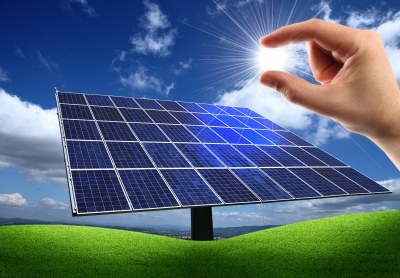“If we aggressively pursue these efficiency opportunities, we can roughly double the rate of efficiency improvement in the next 35 years relative to the past 35 and reduce 2050 energy use to half of current forecasts. To do this we need to take our efforts to promote energy efficiency to a new level…” Energy Efficiency in the United States: 35 Years and Counting
If you’re considering becoming more energy efficient then consider yourself in great company. A report published last month detailed this country’s energy efficiency progress over the past 35 years and, in short, it is widespread and robust. It is also expected to increase as technology makes the benefits of choosing energy efficiency more dramatic!
The report detailed the many ways, as well as the reasons why, energy use has dropped since the Oil Embargo of 1973. That event made us keenly aware of our dependence upon foreign energy and the need to conserve and become less dependent upon outside sources.
Some of the reasons cited for the reduction in energy used were technological advances (less energy: washing machines 70%, autos 40%, homes 20%) and others were shifts in our economy and the notable export of some energy intensive manufacturing.
Larger savings per building
Future possibilities for energy savings were very intriguing as the authors discussed improving energy efficiency over the next 35 years. The article provided an interesting list of the most productive areas for future efficiency. Some of the items cited included system controls, advanced vehicles, improved building design, etc. One area that has special appeal to EAG was this:
“Taking building energy retrofits to a much higher level, including more widespread and deeper retrofits for larger savings per building “
Deeper retrofits are a vital component of saving energy. In the past a piecemeal approach for energy retrofits was the norm and typically only addressed the lowest hanging fruit due to financial constraints. An example of the value of widespread retrofits was highlighted in last week’s media. After the Central Vermont Medical Center underwent a “deep retrofit” the benefits were detailed this way:
26% reduction in total energy consumption…annual cost savings of $500,000.
In the past a widespread retrofit was rarely considered due to the up-front costs. To overcome this barrier the Energy Efficiency study made this suggestion:
“Easy-to-access financing can enable energy efficiency investments among consumers and businesses that are capital constrained. Thus an important step on the pathway to an energy-efficient future is to improve the availability and usefulness of financing. In recent years, a variety of creative loan products have been receiving significant interest, including on-bill financing and property-assessed clean energy financing.”
Property Assessed Clean Energy is known by the acronym PACE and it allows businesses and commercial property owners to undertake and pay for energy efficiency improvements with no upfront costs. Controlling costs is an important consideration for the decision making CFO’s who has to control the flow of cash.
In summary the report details how our country is increasingly embracing energy efficiency. One way the report suggested to reduce future wasted energy was to remove the cost barrier of “deep renovations”. A specific innovation that was highlighted was Property Assessed Clean Energy which has proven to be a game changing solution. It’s also helping to set the “PACE” for an energy efficient future!
The Energy Alliance Group of Michigan has committed to “taking our effort to promote energy efficiency to a new level”! Join us on July 15th if you want to learn how PACE can help you become energy efficient in the future.

What if you could shortcut the whole process by an unbiased audit, looking at the bldg Wholistically?
What if 5% to as much as 50% in savings could be had within a matter of months with low costs? What if that all came with long term savings persistence?
It is possible, if you are willing to be unbiased.
Brad Weaver, PE, BEAP.
RLA Design, is a HVAC design/build firm which provides green renewable systems. We have followed pace now from its beginning. We are happy to see pace now available in Michigan.
Submitted By: Raymond L Angers – President
RLA Design
E-mail: rladesign@aol.com